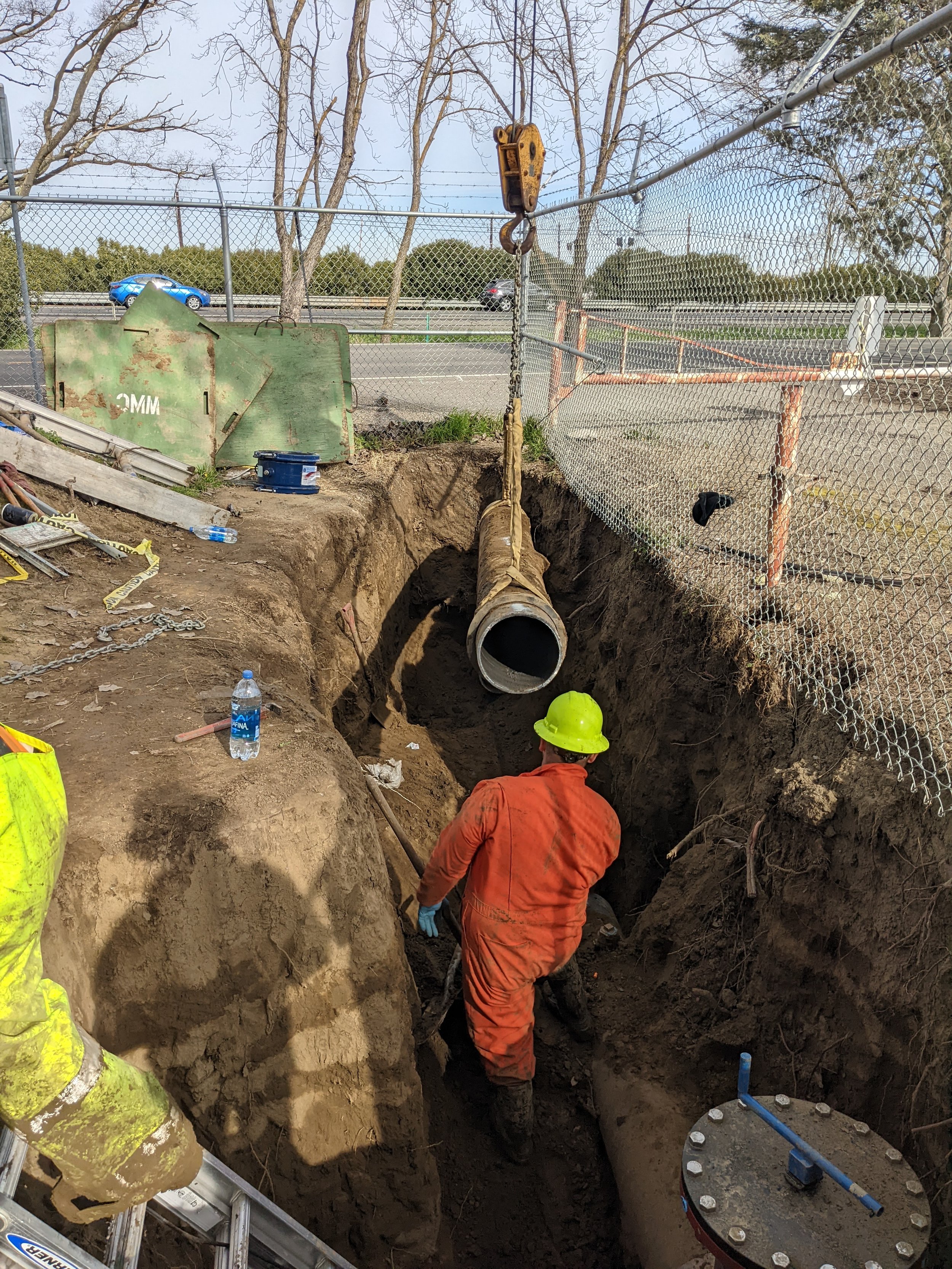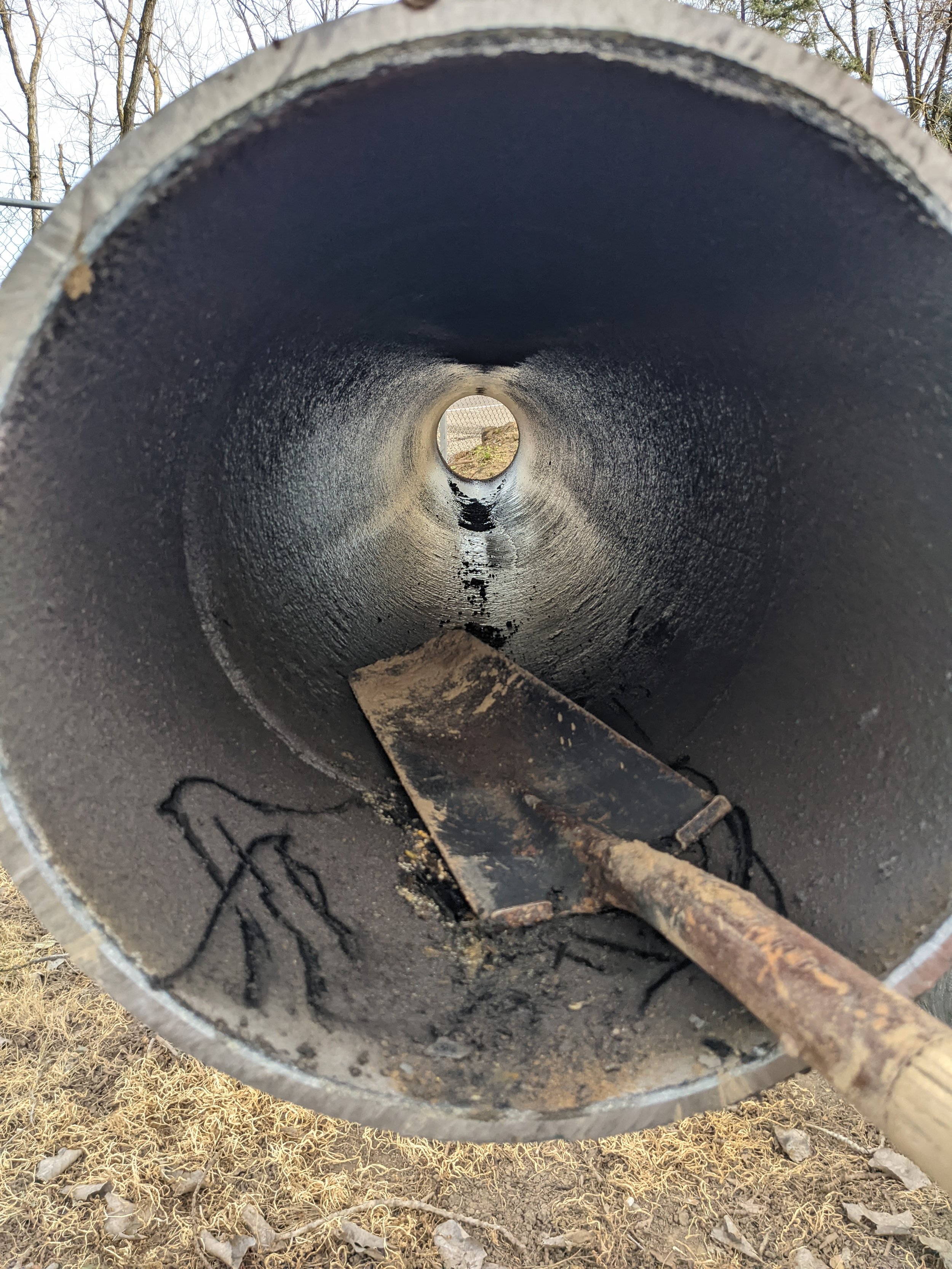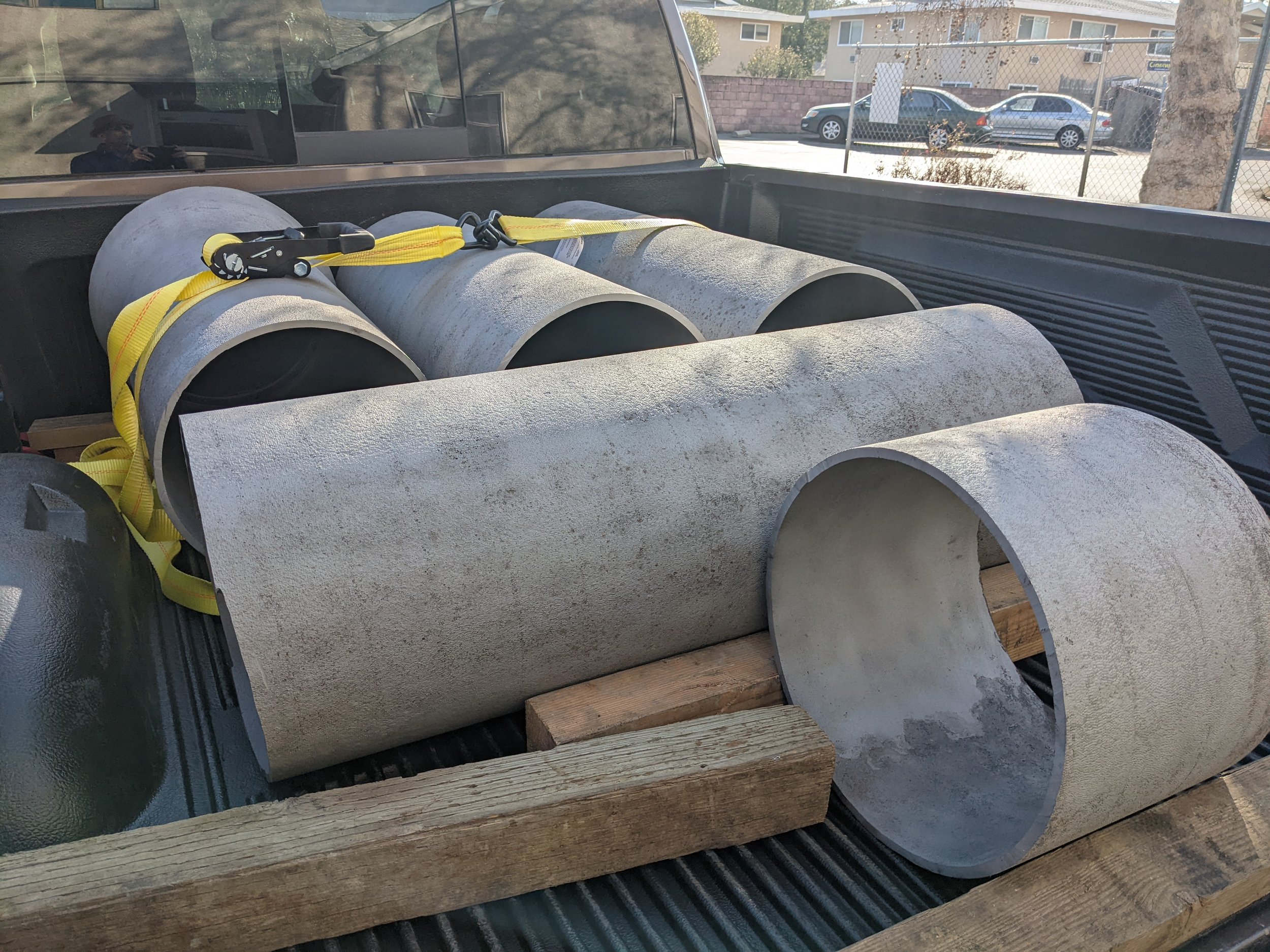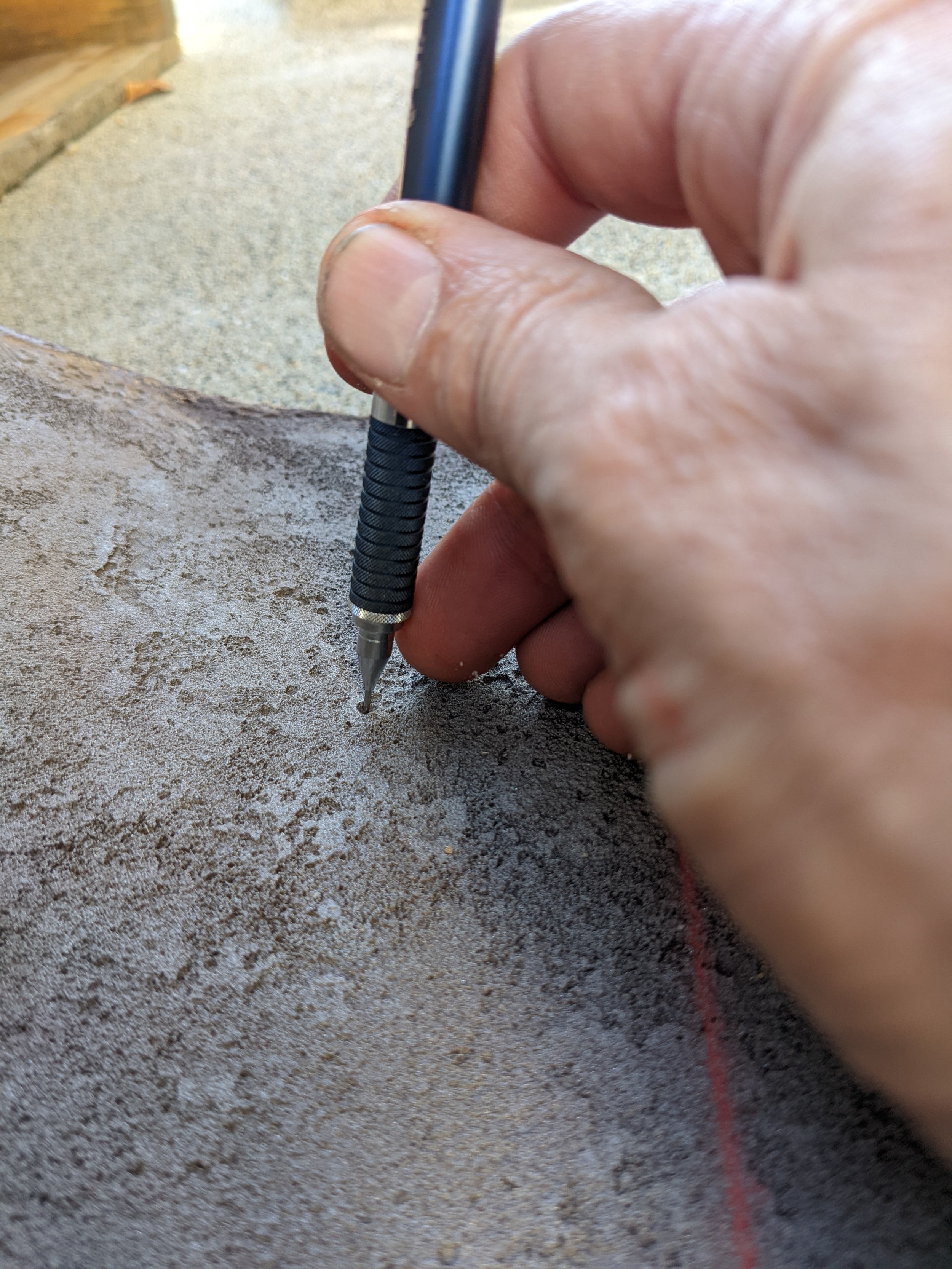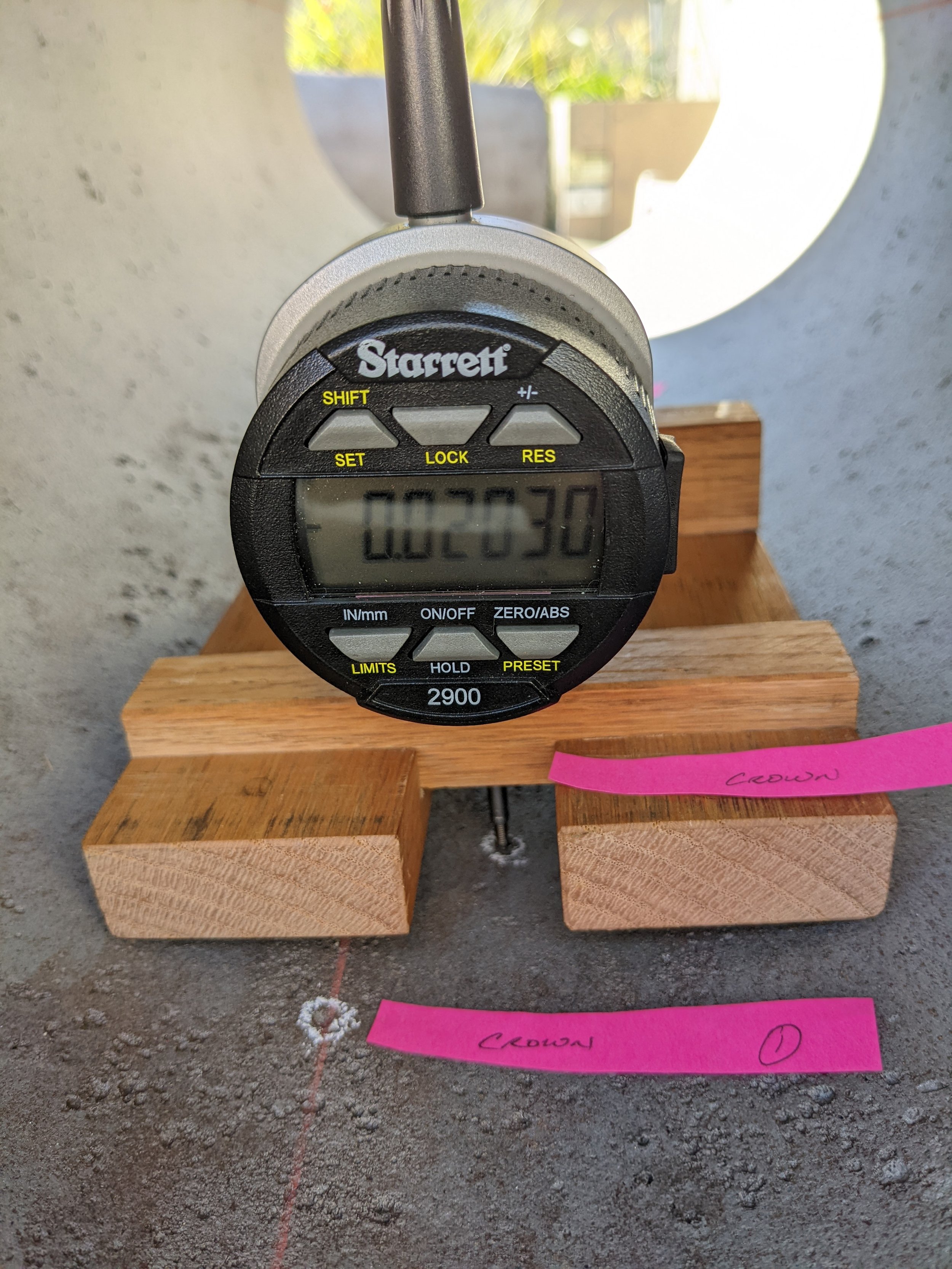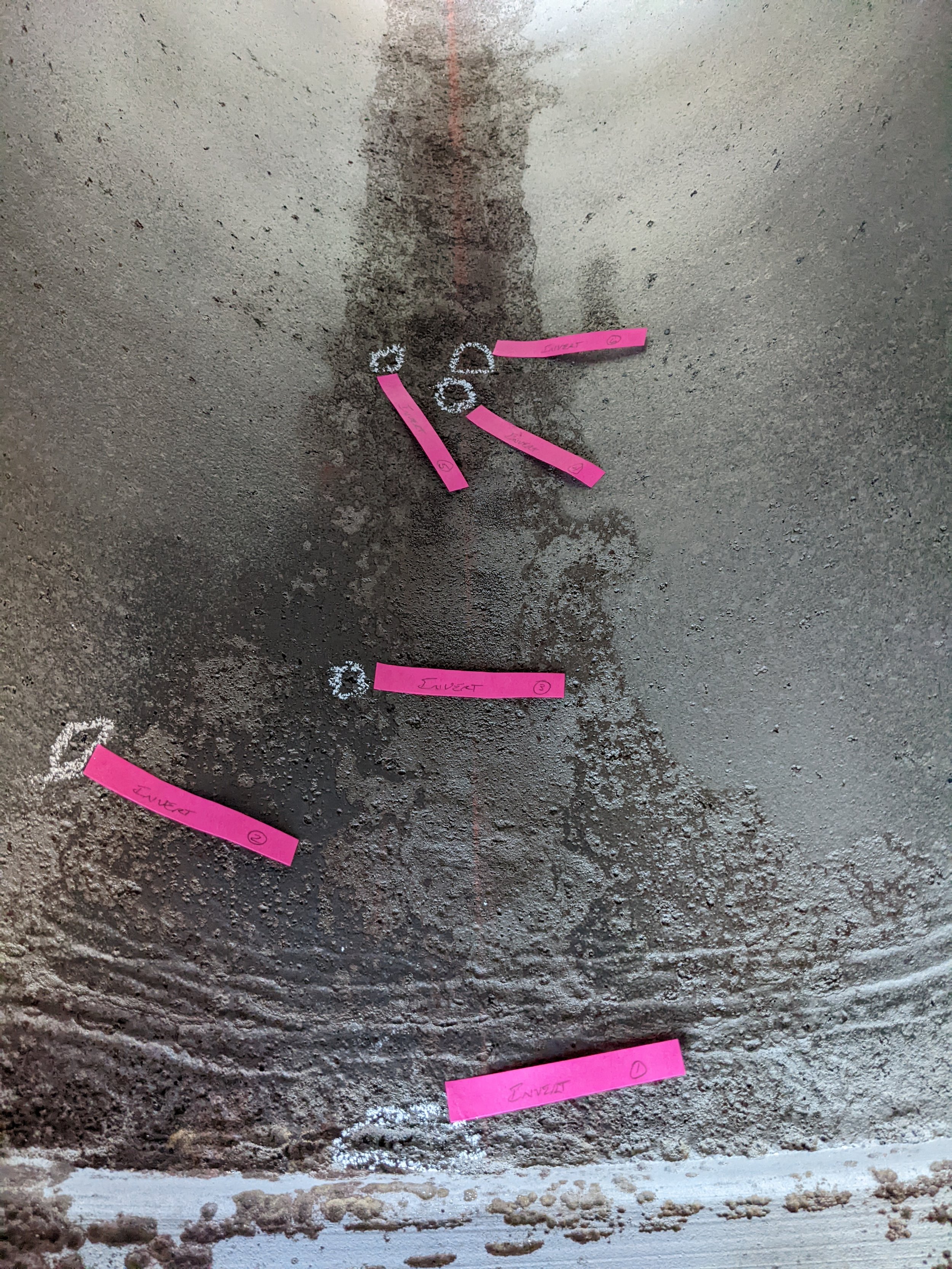The California Safe Drinking Water Code, the California General Order Waste Discharge Requirements, and the federal National Pollutant Discharge Elimination System (NPDES) permits all emphasize the need for a programmatic approach to utility management. This requirement applies across water, wastewater, and stormwater sectors.
Too often, agencies find themselves stretched thin—managing increasing responsibilities with limited staff. This imbalance can lead to serious consequences, including Clean Water Act lawsuits or contaminated distribution systems.
At Ewers Engineering, we offer flexible, cafeteria-style services tailored to your agency’s needs—whether that means turnkey program design and implementation, or assistance with a single issue. We support your team from concept through execution with services such as:
Municipal Code Review – Ensuring codes are current, compliant, and free of internal conflicts.
Program Plan Development – From initial planning through to final implementation.
Work Planning – Helping predict staffing needs and streamline outsourcing.
Program Software Selection – Identifying tools for remote data input, FSE mailings, and more.
Communications Planning – Designing outreach strategies to improve public engagement and transparency.
TURNKEY MANAGEMENT Solutions
Hiring new personnel for specialized programs—such as FOG (Fats, Oils, and Grease) control or Force Main Condition Assessment—isn’t always feasible. Staff turnover can further disrupt continuity and dilute long-term goals.
That’s where we come in. Ewers Engineering partners with in-house champions to provide consistent program management and support. Our experienced staff can handle the day-to-day administrative tasks needed to maintain regulatory compliance and protect infrastructure.
If your agency needs a strategic plan, analytical insight, or a reliable in-house presence to support or launch a program, we’re here to help. We take pride in getting to know your team and your systems. Our depth of experience and community-focused approach can be the key to building lasting public support and successful programs.




